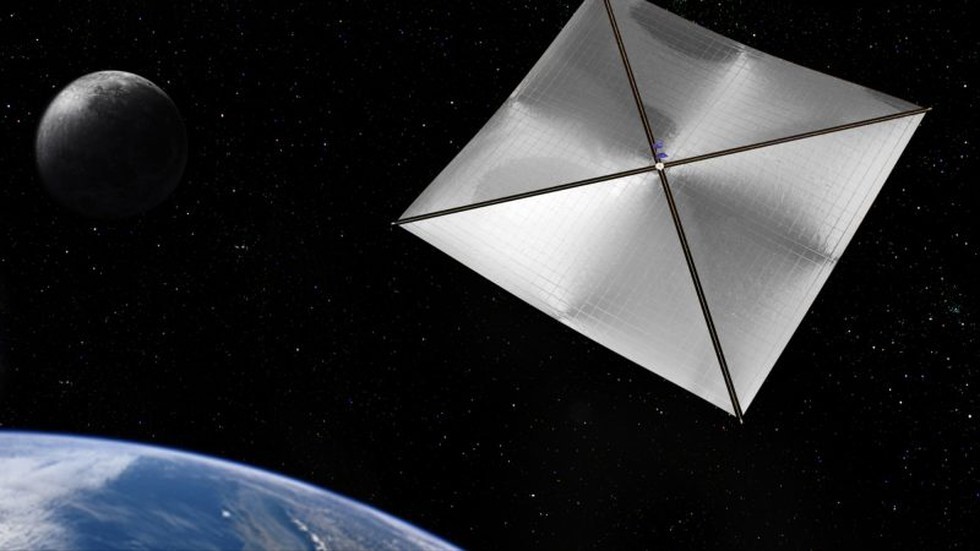
Advanced Composite Solar Cell System (ACS3)

27.04.2024
Advanced Composite Solar Cell System (ACS3)
|
For Prelims:About Advanced Composite Solar Cell System (ACS3), Important points |
Why in the news?
Recently NASA successfully launched its Advanced Composite Solar Cell System spacecraft from New Zealand.
Important points:
- The launch of NASA's solar-powered spacecraft has ushered in a new era in space exploration, taking advantage of innovative solar sail technology to send missions into the universe more efficiently and affordably.
- At the core of the new spacecraft is an oven-sized CubeSat, which acts as its propulsion engine. Guided by solar particles, it will propel the spacecraft, and demonstrate its innovative technology.
About Advanced Composite Solar Cell System (ACS3):
- This is a NASA technology demonstration mission.
- It is designed to characterize solar array technologies for future small spacecraft involved in deep space missions requiring long-duration, low-thrust propulsion.
- ACS3 range from spacecraft the size of a toaster oven to about the size of a small apartment.
- In this mission, the new spacecraft equipped with NASA's Advanced Composite Solar Cell System is using sunlight for propulsion
- At its core, ACS3 is a CubeSat, a small satellite built to standardized dimensions.
- It has four, 7 meter long deployable composite booms.
- Space missions have demonstrated that small spacecraft can use solar sails to alter their orbits, expanding their potential use.
- Future solar sail missions will require larger sails and lighter materials to maximize their performance.
- The ACS3 uses a lightweight carbon fiber sail boom instead of a traditional metal boom.
- This will be the first test of this technology in space.
Importance :
- The success of this mission will be extremely important as it aims to reduce the dependence on heavy propulsion systems.
- Solar sail technology promises to enable extended-duration missions at low cost, marking a breakthrough in space exploration strategies.
Source: India today